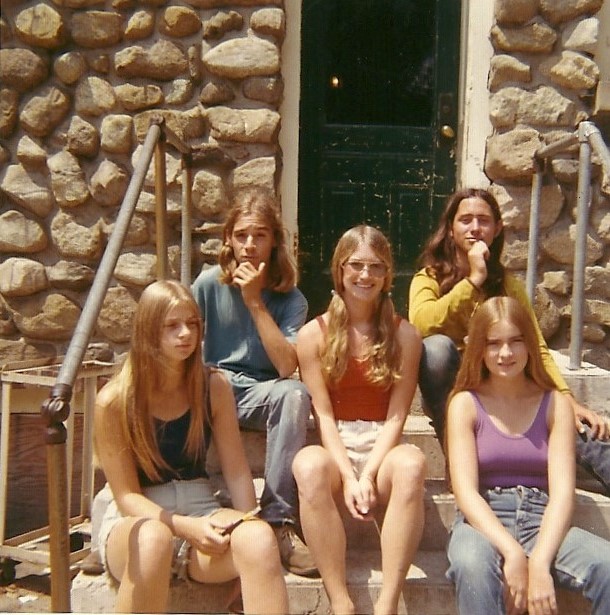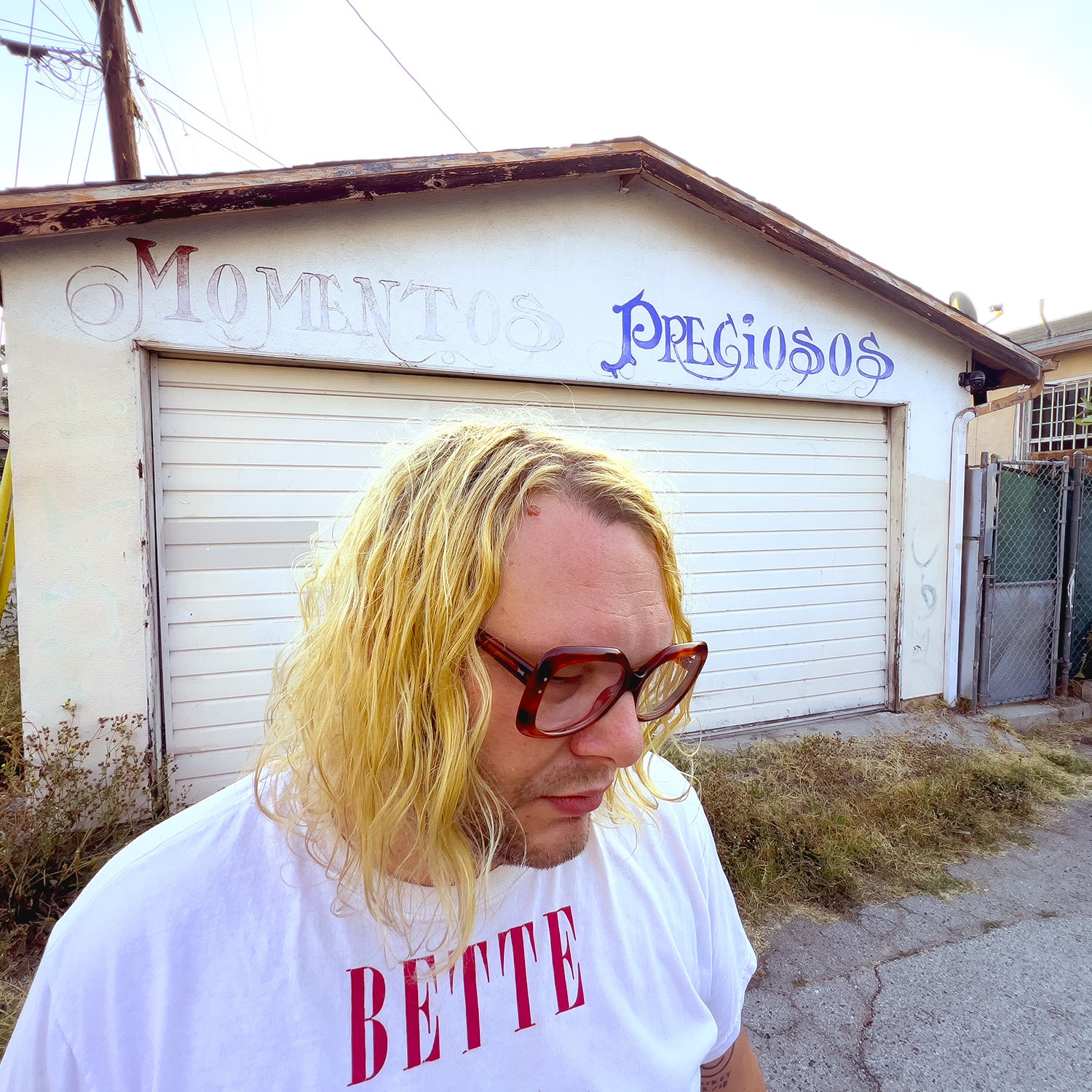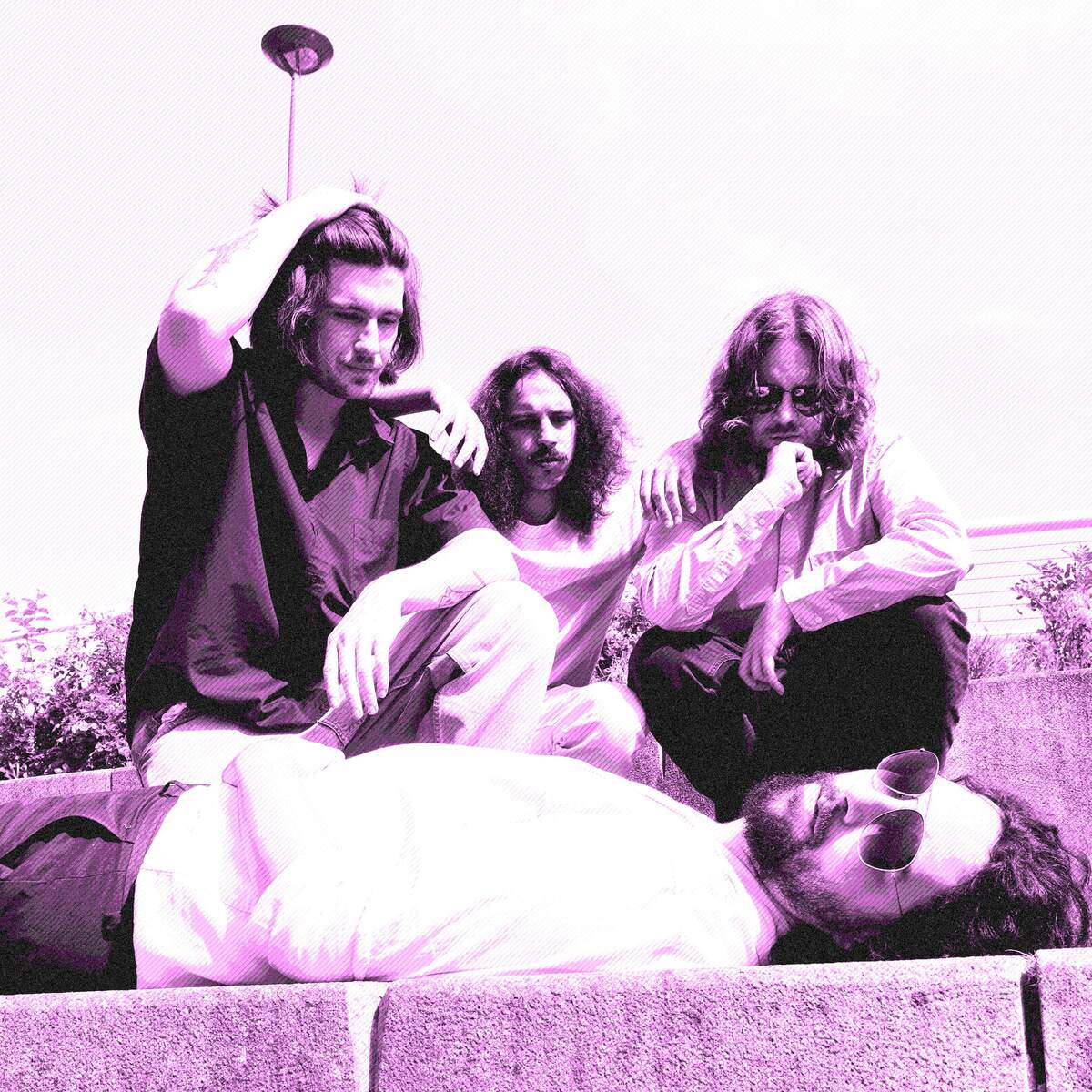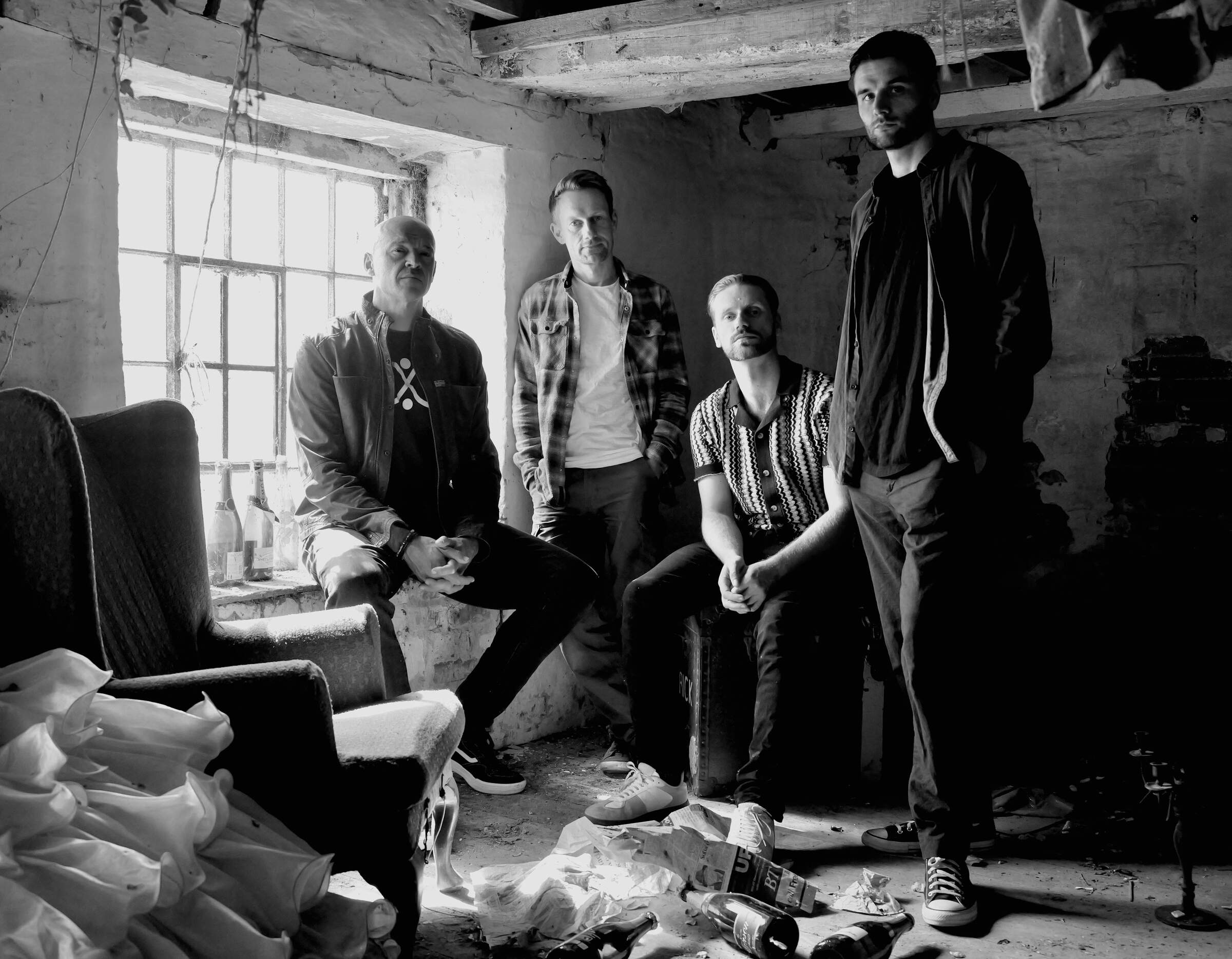Concertgoing – part IV, V | Listenings by Jason Weiss
A mad plan, I would never attempt it: to account for every concert I had attended. Even if I could, what then? The music’s gone; all that’s left are the circumstances. Going to hear some music, and the effort to get to wherever that is supposed to happen, surely constitute an entire subgenre of narrative.
Concertgoing 4: Outward
Unlike a lot of kids from Deal, I was never a Deadhead and I did not cross the country to see the Grateful Dead. But in an escapade of youthful subterfuge I did catch them at Fillmore East, in February of 1970. I was fourteen and one of seven Deal boys, we went together. We took the bus up Ocean Avenue all the way to Port Authority, sixty miles. Here too, the idea may well have been mine, but not certain. We told our parents we were going to a sleepover party at one of the boys’ houses, which we did eventually, but the whole point was so we could go to the concert.
Maybe that was a bold move for a gaggle of suburban kids so young. As we filed in and out of boutiques through the East Village, we did have one incident. A bunch of local kids followed in after us and, while they made a commotion, several surrounded the youngest of us and took the cash right out of his pocket. The concert soon helped us forget all that but the next day, born socialist, I suggested to the others that we each contribute a dollar fifty so as to minimize our friend’s loss of eleven dollars. None of them seemed to even consider my proposal. Was I speaking Chinese?
The Allman Brothers were the opening band, so it was clearly a memorable night, if anyone still remembers. And the Grateful Dead played on for hours, as we hoped they would. Somehow we made our way back through the sleepless city to Port Authority, got on our bus, and late in the night piled into our friend’s house back in Deal. The next day, typical, I wrote a note to my parents telling them of my adventures, now that I was safe at home again.
Nothing so epic once my family moved to Berkeley that summer. I can’t even recall how I got around to places for the first year and a half until I turned sixteen, driving age. Those early months, I saw the Youngbloods in an afternoon concert at Provo Park across from Berkeley High School. And in the Berkeley student union hall, at the university, I attended an unbelievable triple bill: James Cotton, Bo Diddley, Big Mama Thornton. Took buses plenty, local hitchhiking, rides when I could. But, for instance, how did I get to Pepperland over in San Rafael, noted for its quadrophonic sound system? Hot Tuna, I think, and who else. Maybe my sister drove? But didn’t I go twice? Or Winterland in SF, the few times I got there (once to see the Dead). Did I engineer those expeditions too, or did I just get lucky? Not that I went out so much, but there was more on offer in my new terrain and clearly I was aware of more.
The chronology of who I saw when in those years gets jumbled up a bit, though driving age at the end of ’71 would seem to mark a threshold since my mother was generous in lending me her car. Did I ever go to the Freight & Salvage in Berkeley by public transport, at its original location on San Pablo? I doubt it, kind of complicated from where I lived. I used to frequent the place a fair amount in my mid-teens, as I got more into folk and traditional music. And was I already driving when I went to Mandrake’s, just a few blocks away on University below San Pablo, to hear Rahsaan Roland Kirk? In the middle of his solo, he makes his way down off the stage, and still playing strolls up the aisle past his audience and out onto University Avenue blowing his horn as if it were the most natural thing to do standing there on the sidewalk, amazing even if he wasn’t blind. Who led me to that club, was it my brother? All this music I was discovering in a short span of years almost at the same time, high school tastes merging into college tastes, it was all the same town for me.
Even before driving age, in my first Berkeley years, the other poles of my listening education were the library and the radio—KPFA, with its music and literature shows. The main branch of the public library, though, right downtown off Shattuck, was my treasure house, precisely for its records. I got to borrow mind-blowing albums—the Harry Smith anthology, Unesco releases like music of the Ba-Benzélé pygmies, and Nonesuch Explorer gems like the folk fiddling duo from Sweden—and somehow I never wondered, how does all that fit into one head?
Concertgoing 5: Awakenings
From 1972, when I was sixteen, through the subsequent decades, I did not go to more than half a dozen rock concerts. That was the summer I graduated early from Berkeley High School and took off hitchhiking around the country for four months with my banjo. The travels began with a ride from a friend of a friend (was it Tillie she called her Toyota sedan?) up to Weiser, Idaho, for a fiddle contest. Eventually, I went to two more folk festivals (Mariposa, Fox Hollow), and hung out with folkie types in other locales, and played my tunes for many different people along the way. Funny to think of that teenage folksinger—doctor’s son, second generation, where’d the banjo come from—a few years earlier or later, not much trace of him. But while the enthusiasm lasted, I did gain a sense of music as a social community, ever expanding. And that entailed learning to listen to each other’s songs, as I did at the gatherings of the San Francisco Folk Music Club, which met every other Friday night at Faith Petric’s big old Victorian on Clayton Street in the Haight, where all sorts of people would come to play and listen. The American folk and blues tradition fascinated me in all its variety, the wisdom and simplicity of its forms, its lyrics, its ways of life.
All this was playing inside me like an alternate soundtrack by the time I started college the following spring. That summer, after my first term at Cal, I joined a friend to travel all over Mexico in his van and brought my banjo along; I even played a couple pieces at a peña in Mexico City. Back home after, maybe the same season, I went out to the Marin Folk Festival to hear a well-known group that connected something of my present with my not-so-distant past: Old and in the Way, the bluegrass band that included Jerry Garcia and Vassar Clements. But I saw a lot of people play in the Bay Area in the early ’70s, and some I heard a number of times: Larry Hanks, Jim Ringer, Jane Voss, Utah Phillips, Jody Stecher, Mike Seeger (including a Berkeley after-concert house party I managed to get invited to, where he was playing mandolin, Taj Mahal on bass). At the Fresno Folk Festival, where I went with my friend and fellow folkie Patty Hall, we even managed to see an old Jesse Fuller, who played his most famous song, “San Francisco Bay Blues.” But he was having problems with the mechanism of his one-man-band contraption and had to stop playing at one point. “This thing’s broke down and I’m broke down too,” he said. Even so, we still wanted to hear him.
Already by the fall of ’73 my listening attention began drifting elsewhere, more toward jazz and other realms. I knew enough, at least, not to miss Charles Mingus when he played at the Keystone Korner in North Beach. How I learned about him, can’t say, might well have been my brother, who was also likely the one to have put me onto those great 1960 Mingus recordings with Dolphy, on Candid, and his famous warning to the audience, no clinking of glasses and no ringing of the cash register either while they’re playing. I had gone previously to the Keystone, to hear Bobby Hutcherson, and many times later I went—Rahsaan again, McCoy Tyner, Betty Carter, Cecil Taylor. I’m sure I felt almost grown up driving over to the city with a friend, going to a jazz club: all for the pleasure of the ears.
The ears led the way, at any rate, as I was also going out to many poetry readings in those years. My plunge into literature was propelled in part by hearing some of the voices, live and on records and radio, and even read aloud by teachers; the aural engagement was crucial, it helped give me a sense of what was possible, helped shape my own tastes. Intuitively I recognized that the most direct experience of a cultural moment was by way of the ears, how the material resonates—and how the immaterial resonates as well.
If the awakening of my listening faculties began in earnest during my late teens, the process took still other forms. That summer trip across Mexico was my first immersion in a foreign tongue: the feeling of only partial comprehension, of remaining outside no matter how hard I listen, yet finding a new passion for the history of the land, wanting to see and hear more; all that sparked a desire to study the language in college, to get comfortable with the sounds. Along another route, my early interest in politics, in the antiwar movement, and understanding the arrogance of American foreign policy, led directly to my attendance at a number of concerts rooted in folk traditions but of topical urgency: Phil Ochs, Daniel Viglietti, Inti-Illimani. For these, no surprise, I did not even have to leave Berkeley.
But naturally there was still more, and I wonder how I knew of all these things: was it word of mouth, taking cues from others’ ears? There was no internet, and magazines only got you so far; none of it had to do with school either, really. I saw several spellbinding concerts, each quite different, at the former Presbyterian church on College Avenue designed by Julia Morgan a century ago—redwood interior, Craftsman style. In the mid-1970s for a while, it became the Center for World Music. I used to drive by that lovely building and then one day it was a theater. First I ever saw Hamza El Din, the Nubian oud master with the resonant voice; his Nonesuch Explorer album was already a favorite. And there was Steve Reich’s ensemble performing “Drumming,” I’d never heard anything like it. There too I saw Sam Rivers’s inexhaustible trio with Dave Holland and Barry Altschul, where he played a series of extended solos on tenor and soprano sax, piano, flute, the three musicians going full force for a solid hour. These concerts were like revelations to me, each in their way, in how they told me something new about music. I was just a literature student, not a musician. This was all something quite else.
Headline photo: Jason Weiss with Patty & Michael, 1972
Concertgoing – part I, II, III | Listenings by Jason Weiss





How Cool! (& great picture BTW). Look forward to every installment.
I might have been at that Grateful Dead / Allman Brothers show back East! Keep me on the email list. First time I’ve seen this. Read a couple of the articles you translated from the original French; terrific
Such a vibrant history of the very soul of the species – music- from someone with Big Ears!